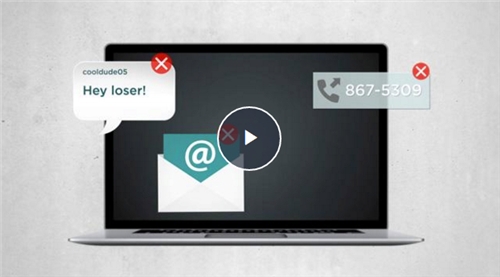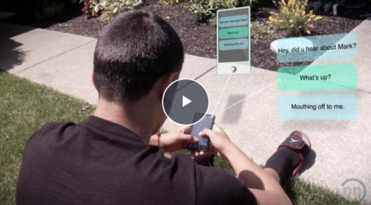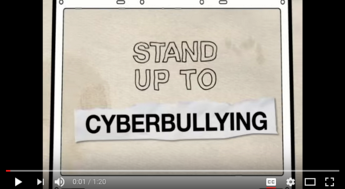
Cyberbullying
-
Cyberbullying is bullying that takes place between students using electronic technology.
Electronic technology includes devices and equipment such as cell phones, computers, and tablets as well as communication tools including social media sites, text messages, chat, and websites. Cyberbullies can be classmates, online acquaintances, and even anonymous users, but most often they do know their victims. The majority of cyberbullying incidents escalate over time because students do not report the situation to adults, according to StopBullying.gov.
According to a recent survey, more than one-third of U.S. teens say they have been cyberbullied or know someone who has. Cyberbullying can lead to low self-esteem and other negative emotional responses. Victims may feel scared, frustrated, humiliated, angry, and even depressed. They may become isolated, withdrawn, jumpy, or nervous when receiving a text or instant message, and may even stop going to school. There have been several reported cases in which cyberbullying victims have committed suicide.
Both boys and girls sometimes bully online, and just as in face-to-face bullying, tend to do so in different ways. Boys more commonly bully by sending messages of a sexual nature or by threatening to fight or hurt someone. Girls more often bully by spreading rumors and by sending messages that make fun of someone or exclude others. They also tell secrets. Victims and perpetrators of cyberbullying are twice as likely to be girls.
Examples of Cyberbullying:
- Sending someone mean or threatening emails, instant messages, or text messages
- Excluding someone from an instant messenger buddy list or blocking their email for no reason
- Tricking someone into revealing personal or embarrassing information and sending it to others
- Breaking into someone's email or instant message account to send cruel or untrue messages while posing as that person
- Creating websites to make fun of another person such as a classmate or teacher
- Using websites to rate peers as prettiest, ugliest, etc.
Basic Recommendations
- Model appropriate online behavior for students and encourage students to talk with adults about any online interactions or situations that are making them uncomfortable.
- Model and discuss social media situations that might involve cyberbullying and how students should get help in dealing with the situation.
- Refer to Saint Paul’s Bullying Policy for how to deal with cyberbullying situations in your classroom.
- Model for students how to create screen shots on devices to document cyberbullying and get help from adults.







